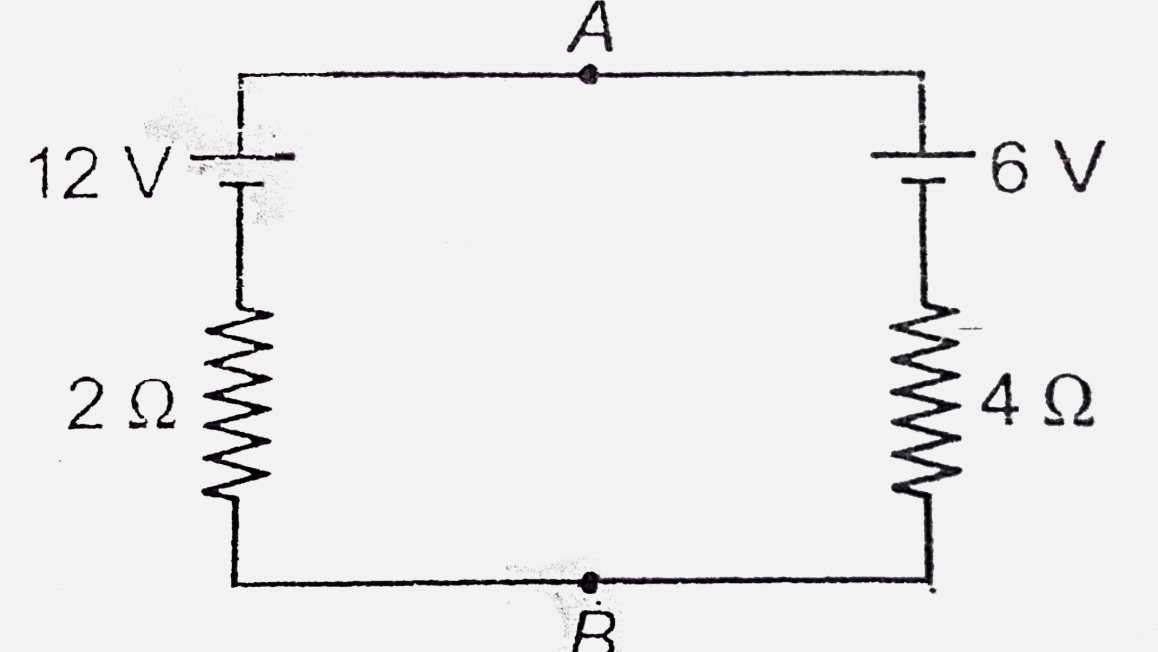Let us take a resistor & apply a potential difference V acoss ti, then current passing through it will be proportional toV,i.eV∝lor V=IR, where R is the constant of proportionality. Thus we can say that current varies linearly with V.i.e .V-I graph is a strainght line with the slope equal to tanθ=R=VI. But there exists certain semicondutor in natire like triode in which thw relation between V & I is non linear & is given by I=K(Vg+VPμ)32 where Vg& Vp are electric potential & I is current. Then the dimension of K are given by MaLbTcAd
What is the value of d
A
44257
B
-3
C
44441
D
44318
Text Solution
The correct Answer is:D
|
Topper's Solved these Questions
Similar Questions
Knowledge Check
A current I flows through a potential difference V in an electrical circuit containing a resistance R. The product of V and I, i.e., VI may be understood as
Aresistance RBheat generated by the circuitCthermal power radiated by the circuitDrate of change of resistanceAssertion : V = iR is Ohm's law.
Reason : V - I graph is always a straight line passing through origin.AIf both Assertion and Reason are true and Reason is the correct explanation of Assertion.BIf both Assertion and Reason are true and Reason is not correct explanation of Assertion.CIf Assertion is true but Reason is false.DIf Assertion is false but Reason is true.For a metallic wire, the ratio Vi(V=applied potential difference and i= current flowing)is
Aindependent of temperatureBincreases as the temperature risesCdecreases as the temperature risesDincreases or decreases as temperature rises depending upon the metal
Draw a graph of Potential difference (V) versus Current (I) for an ohmic resistor.
View SolutionHow are the potential difference (V), current (I) and resistance (R) related ?
View SolutionAssertion : V = iR is Ohm's law.
Reason : V - I graph is always a straight line passing through origin.
View SolutionGive, potential difference V = (8 + 0.5) V and current I = (2 + 0.2) A. The value of resistance R is
View SolutionFor a metallic wire, the ratio Vi(V=applied potential difference and i= current flowing)is
View Solution

